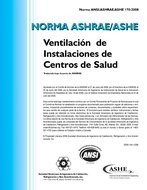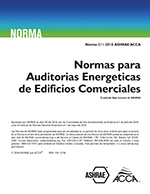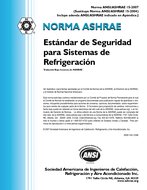Description
It is well understood heating, ventilation and air-conditioning (HVAC) systems’ cooling coils are reservoirs of microorganisms typically identified with poor IAQ and Hospital Acquired Infections. In addition to poor IAQ, these microorganisms develop a biofilm on HVAC coils resulting in poor mechanical performance. Poor performance can be measured in reduced airflow, increased pressure differential and poor air flow uniformity. ASHRAE document “HVAC Design Manual for Hospitals and Clinics , 2013 states “. . . an uneven air velocity distribution across the coil face can result in loss of capacity, moisture carryover or freeze up problems”. ASHRAE recognizes Ultraviolet Germicidal Irradiation (UVGI) as an effective tool to treat biofilms growing on HVAC surfaces. ASHRAE Handbook: HVAC Applications suggests 50-100μW/cm² (0.394 in²) of UVC intensity, at the coil’s surface, can be an effective coil treatment. However, the document does not quantify the effectiveness nor does it address the UVC intensity required for coil penetration dependent upon fin spacing or coil depth. This paper will present data from theoretical modeling and laboratory measurements of the UVC intensities at the surface of typical HVAC coils. To understand how effectively the UVC penetrates the coil’s interstitial spaces, measurements were taken at the coil’s surface, 2″ (50.8 mm) and 4″ (101.6 mm) depths respectively. UVC intensities were measured and recorded with a calibrated radiometer capable of producing results that are traceable to NIST and through NIST to the International System of Units (SI), ANSI/NCSI Z540.1 — 1994 and ANSI/NCSI Z540.3 — 2006. Theoretical reductions of typical coil biofilms are presented with varying UVC intensities at varying coil depths. The comparative analysis is demonstrated at intensities ranging from 50-1000 μW/cm². The comparisons are based upon laboratory analysis, published data, and data from applied field studies quantifying the microorganism concentrations on cooling coil surfaces (Leach and Scheir 2014; Ryan, et al., 2011). Field data are presented from case studies of two tertiary care hospitals. The two hospitals were experiencing severely underperforming HVAC systems after repeated chemical coil treatments. Both hospitals were able to mitigate the coil’s biofilm and restore optimum performance by applying a minimum UVGI intensity of greater than or equal to 1000 μW/cm² (0.394 in²). Contamination from coils was analyzed pre and post UVGI installation. Based upon these data, standards can be established for minimum coil UVC intensities to effectively treat varying coil depths and fin spacings.
Citation: 2017 Winter Conference, Las Vegas, NV, Conference Papers
Product Details
- Published:
- 2017
- Number of Pages:
- 8
- Units of Measure:
- Dual
- File Size:
- 1 file , 790 KB
- Product Code(s):
- D-LV-17-C007




